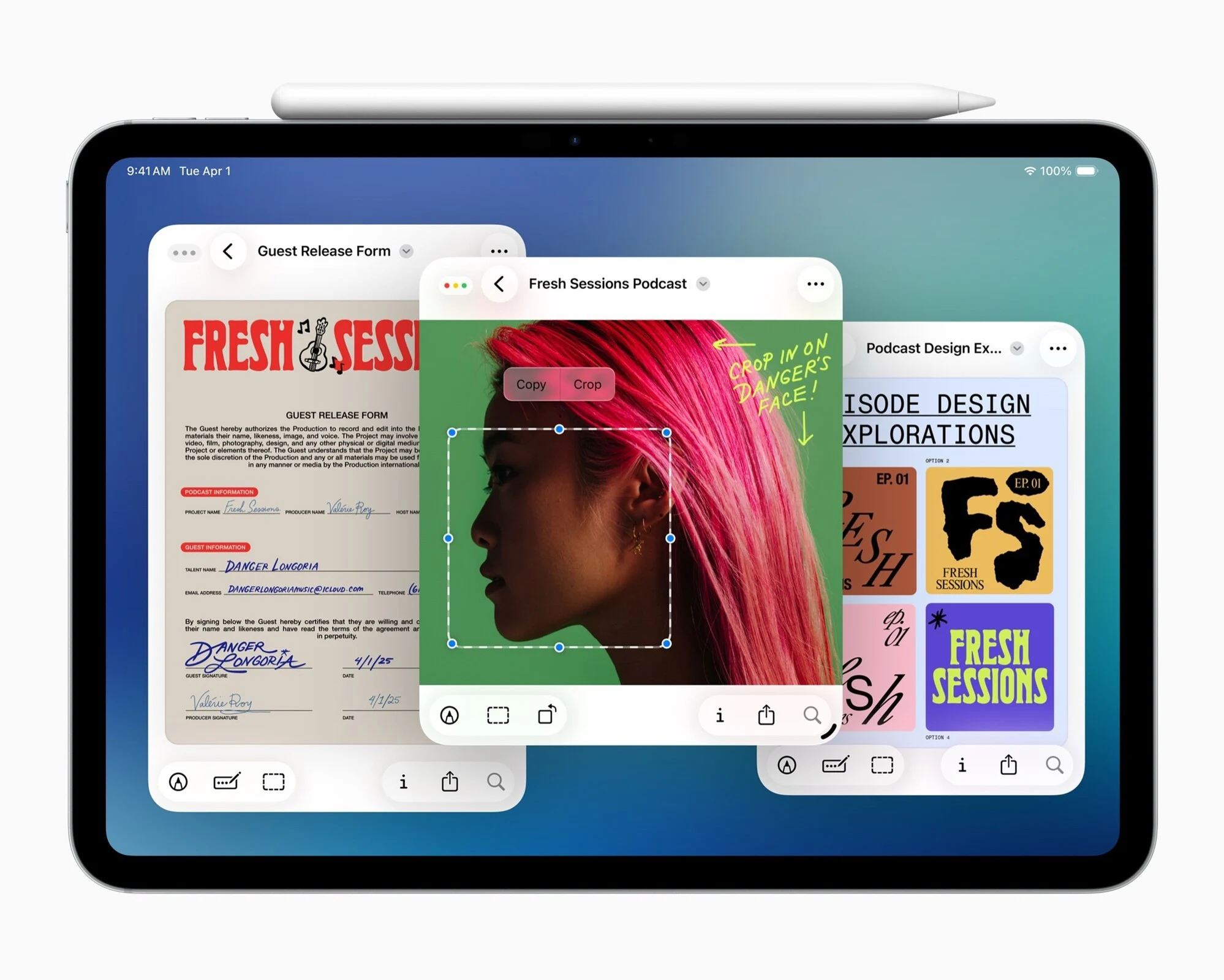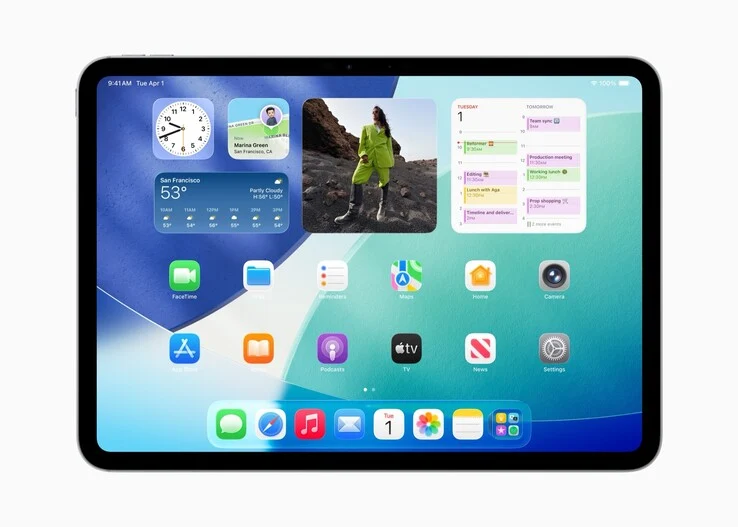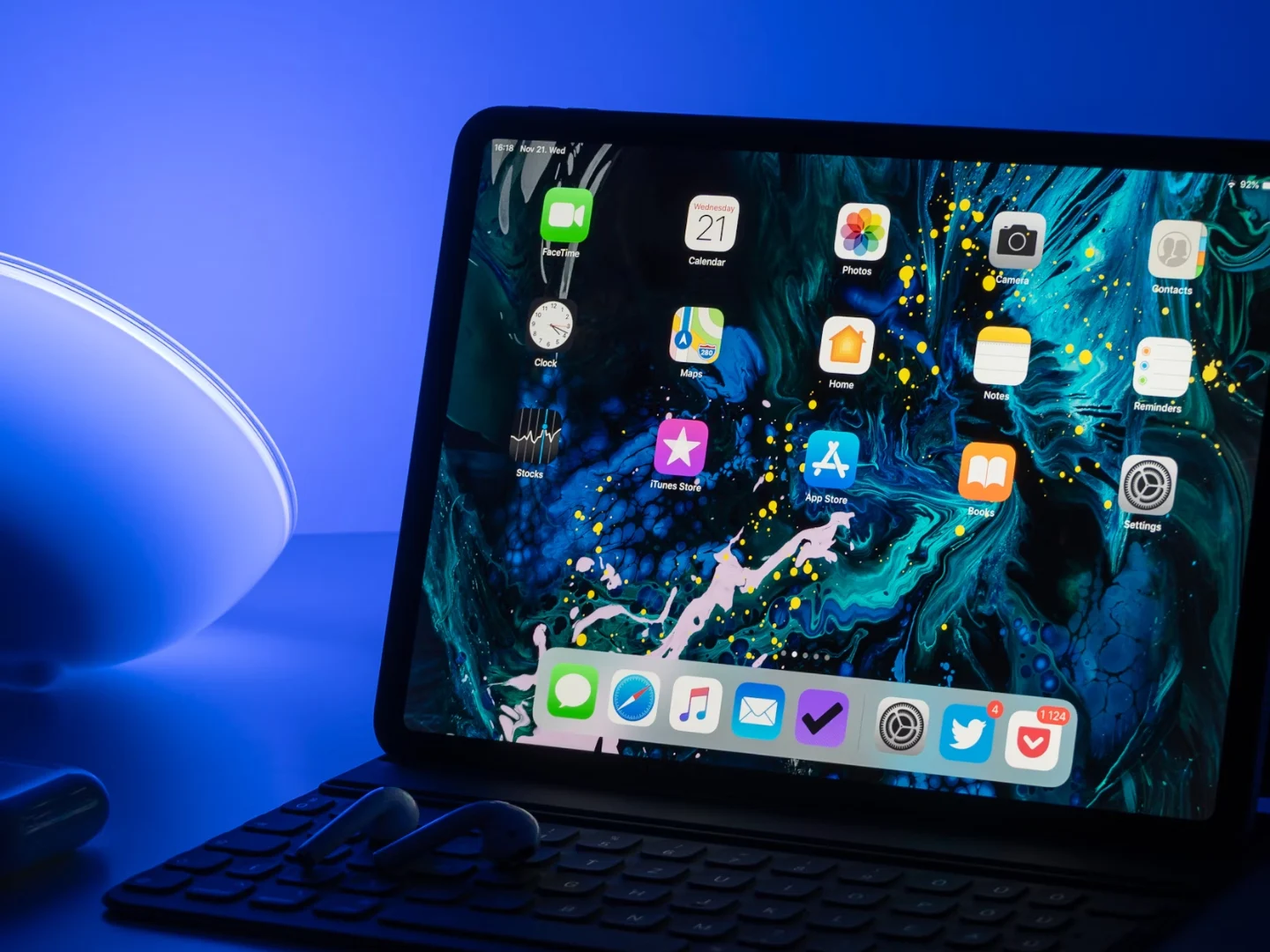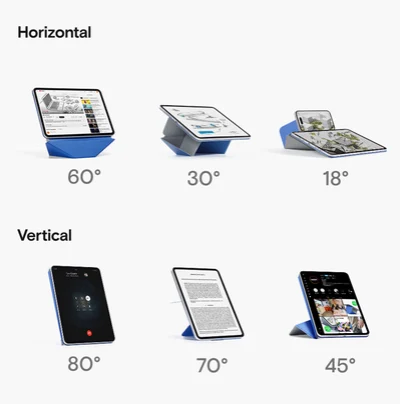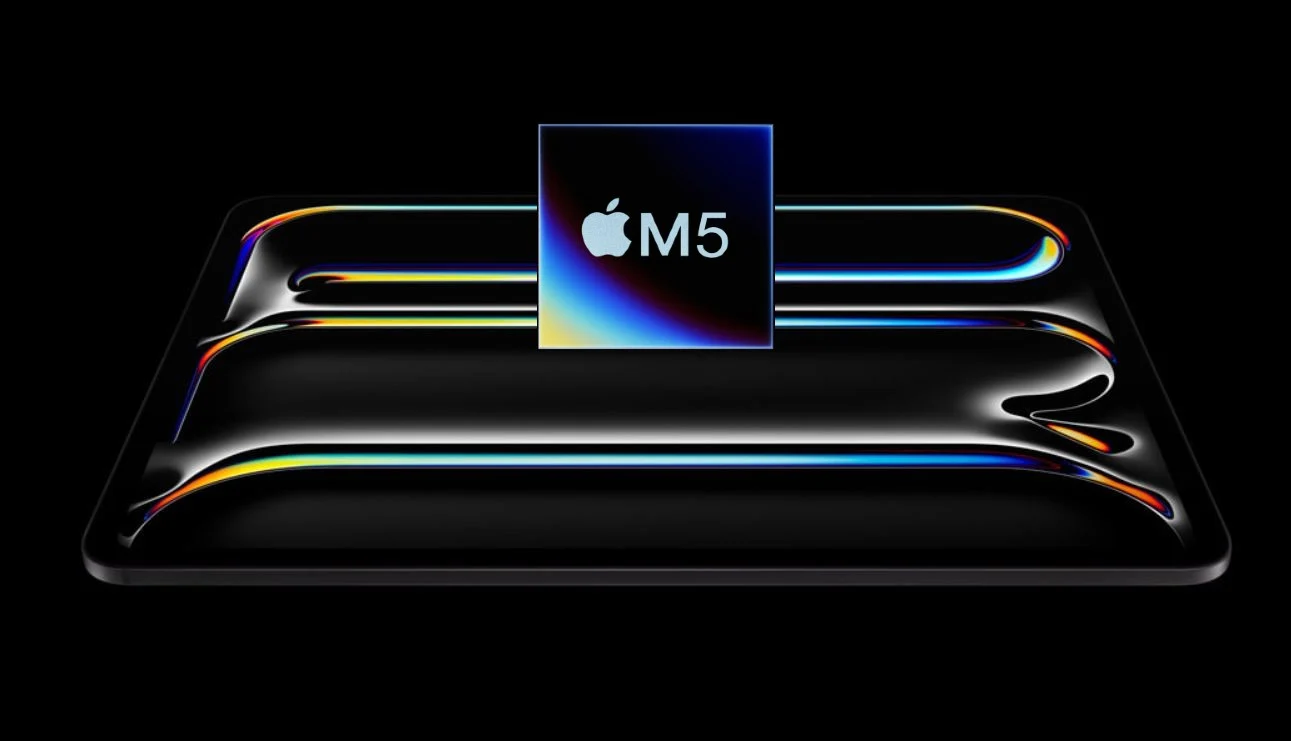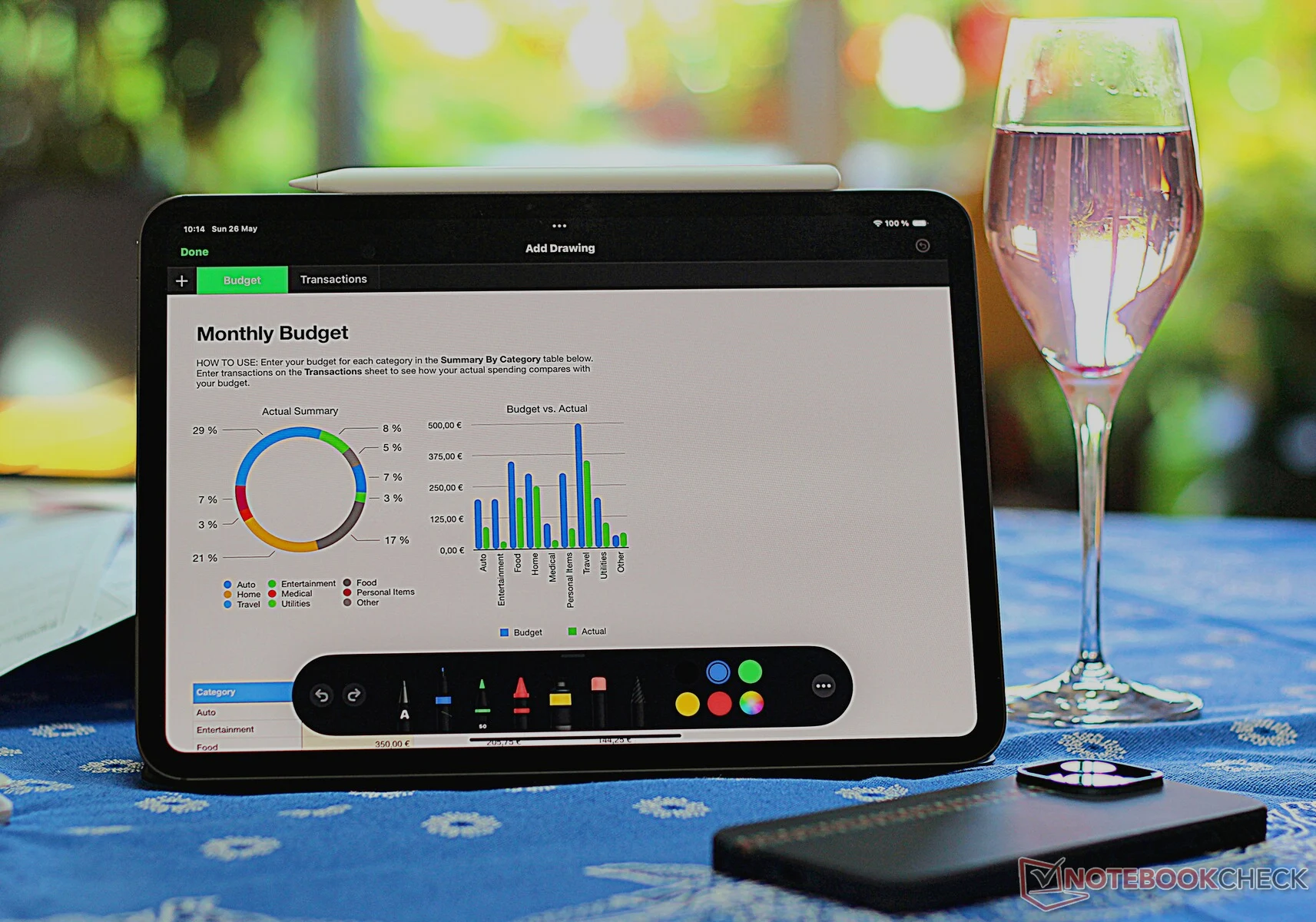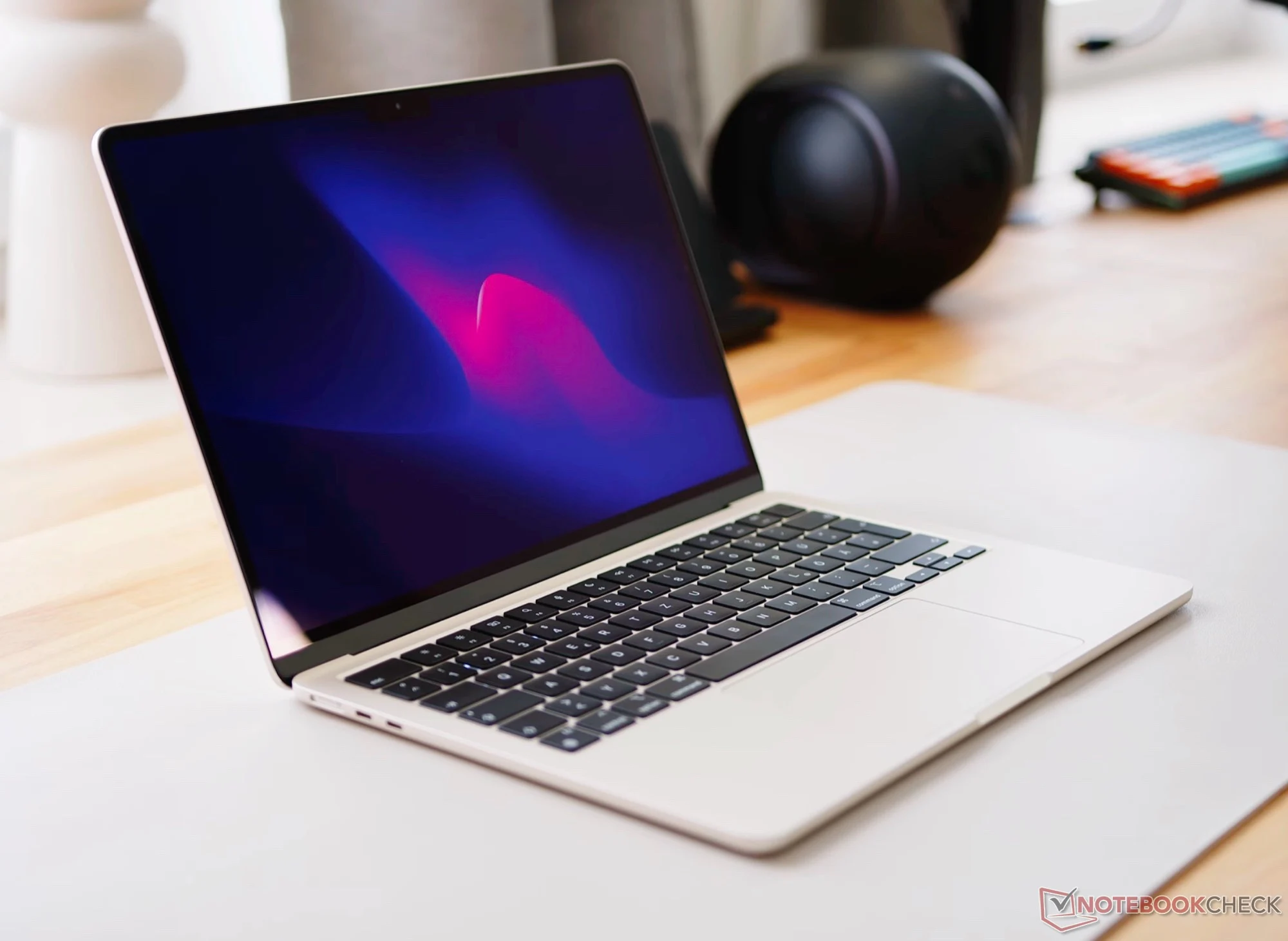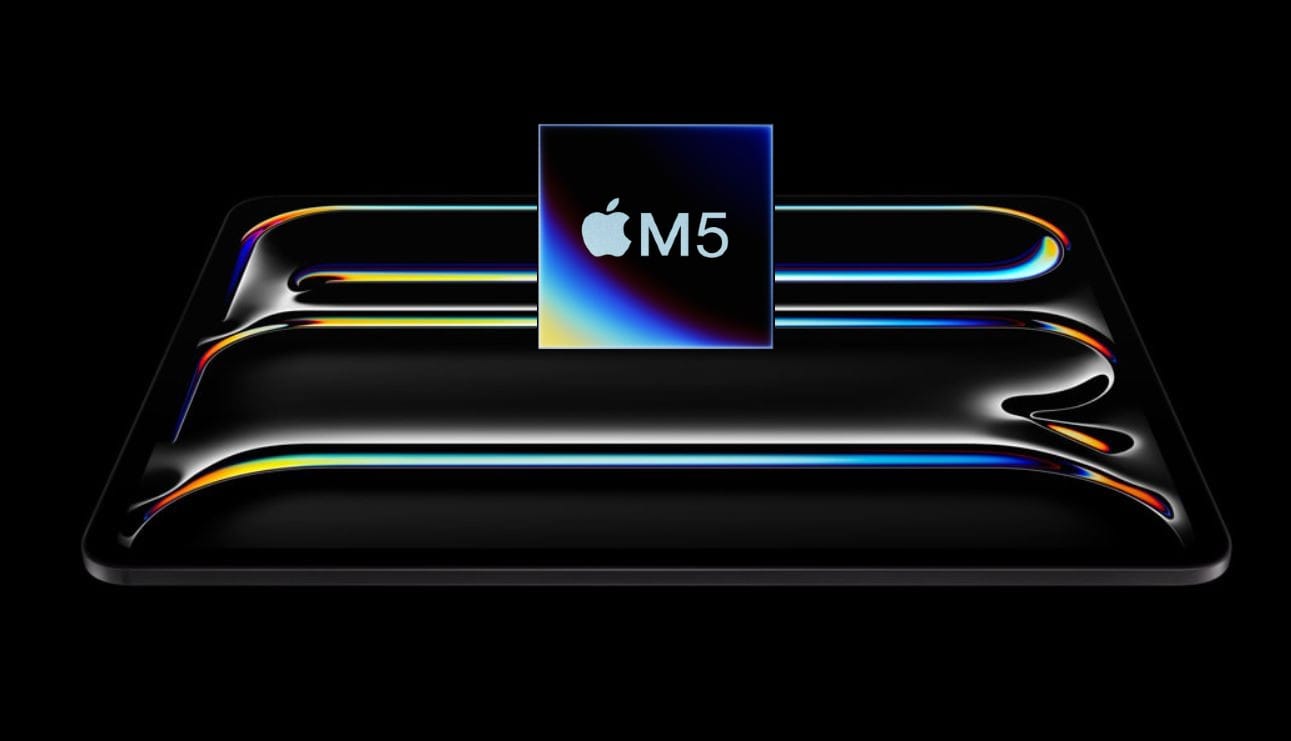Key Takeaways
1. Logitech has launched the Flip Folio case for iPad Air and iPad Pro, alongside Apple’s iPadOS 26 announcement.
2. The Flip Folio combines the Keys-to-Go 2 keyboard with a case that includes a built-in kickstand, allowing the keyboard to magnetically attach when not in use.
3. The keyboard features 1 mm key travel, lacks backlighting, and has a battery life of up to 1,460 hours using four CR2016 batteries.
4. The case includes an adjustable kickstand that can also serve as a folio cover and allows vertical placement of an iPad and smartphone side by side.
5. The Flip Folio is priced at $159.99 for 11-inch models and $179.99 for 13-inch models, with shipments expected to start by the end of the month.
Logitech has rolled out a new case tailored for the iPad Air and iPad Pro, coinciding with Apple’s unveiling of iPadOS 26. It’s worth noting that Logitech already has a range of cases available for many iPads, including the Combo Touch, Folio Touch, and Slim Folio, among others. Although several of these options come with trackpads, the Flip Folio takes a different approach.
Unique Design
The Flip Folio merges Logitech’s established Keys-to-Go 2 keyboard with a case that includes a built-in kickstand. As demonstrated in the video below, the keyboard can magnetically attach to the back of the case when it’s not in use. However, it does not directly connect to the tablet. Instead, it functions as a self-contained unit similar to many Bluetooth keyboards.
Key Features
Each key on the keyboard offers 1 mm of travel but lacks backlighting. The variant designed for 11-inch iPads has an 18 mm key pitch, which is 1 mm narrower compared to its 13-inch counterparts. Reportedly, the keyboard can operate for up to 1,460 hours powered by four CR2016 coin cell batteries and is compatible with almost any device that supports Bluetooth Low Energy.
Additional Functionality
The case features an adjustable kickstand that can also wrap around to act as a folio cover. It attaches to the iPad using magnets and includes a small lip that allows users to place an iPad and a smartphone side by side vertically. At present, the Logitech Flip Folio is available for order at $159.99 for 11-inch models or $179.99 for 13-inch variants. The shipments for Graphite and Midnight Black are expected to begin before the month concludes, while Logitech plans to introduce more color choices seen in their promotional video by September.
Source:
Link



